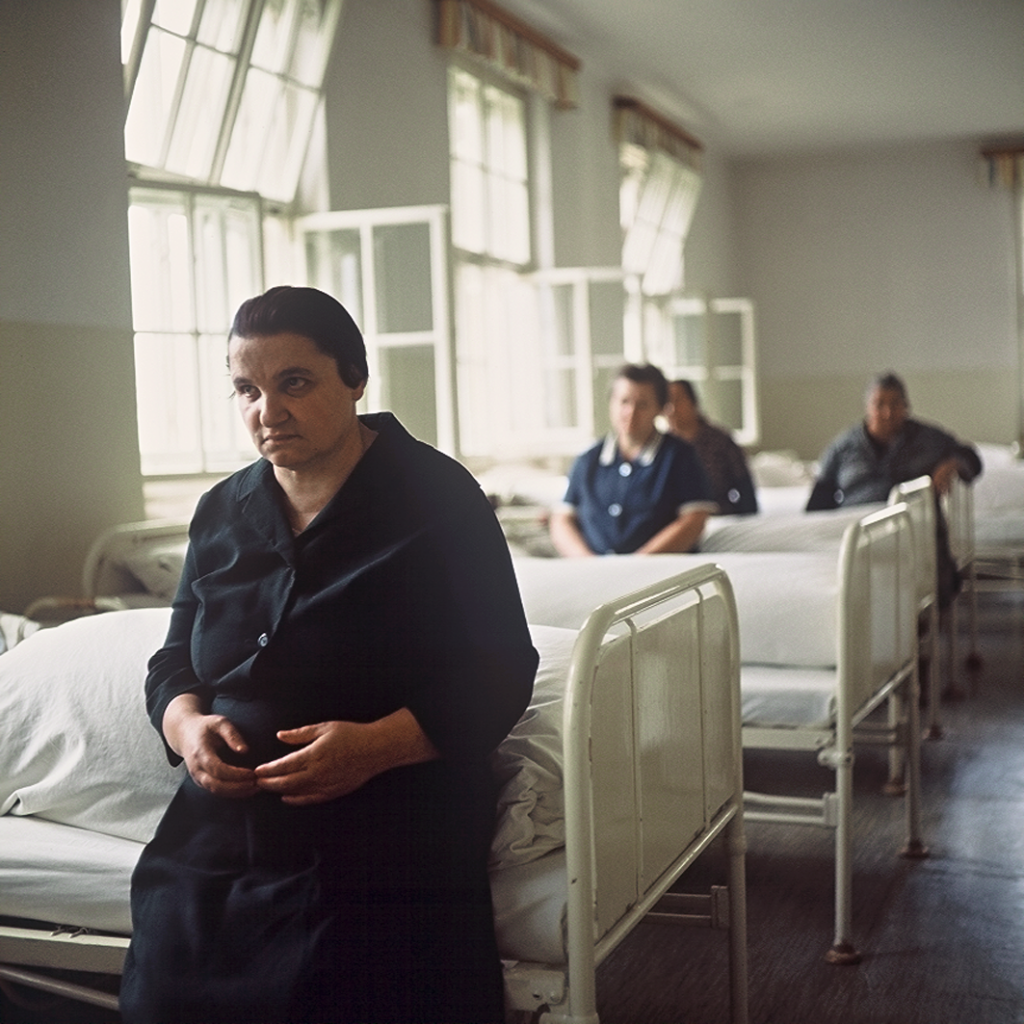- 13 February 2024
- 90
Educating Breaking the Silence & Darkness: Deaf Blind Americans

Introduction:
Imagine a world without sound or sight. Lighting the Way to a Bright Future For deafblind children, this is their reality. Yet, within this seemingly silent and dark world, lies immense potential waiting to be unlocked. Educating deafblind children requires innovative approaches, unwavering dedication, and a deep understanding of their unique needs.
This article guided by expert insights and practical resources aims to illuminate the path towards successful education. And Bright Future for deafblind children empowering them to break the silence. And darkness and embrace a bright future filled with learning and growth.Yet, within this seemingly isolated domain, lies a vibrant constellation of potential waiting to be discovered.
The Educating deafblind children demands a unique symphony of approaches. And meticulously orchestrated to bridge the communication gap and unlock the boundless potential within each child.
Bright Future Overcoming Obstacles:

The primary challenge in educating deafblind children lies in Lighting the Way to a Bright Future the communication gap. Traditional teaching methods are often ineffective, leaving them isolated and frustrated. Fortunately, specialized techniques and technologies have emerged to bridge this gap, including:
- Tactile communication: Using raised alphabet systems like Braille, handshapes, and gestures to convey language and information.
- Auditory communication: Utilizing amplified sound, vibration devices, and specialized auditory training to engage with sound.
- Technology: Leveraging assistive technologies like screen readers, communication apps, and adapted learning software to facilitate learning and interaction.
Bright Future and Landscape:

Early intervention is crucial for deafblind children. Specialized early childhood programs provide a nurturing environment where they can develop communication skills. And also explore their surroundings and lay the foundation for future learning. As they progress through education, collaboration between parents and educators, and specialists is essential to tailor their learning experience. This includes:
- Individualized Education Plans (IEPs): Developing personalized learning plans that address each child’s unique needs and communication preferences.
- Sensory-rich environments: Creating classrooms that stimulate their senses through tactile exploration, sound activities, and visually engaging materials.
- Transdisciplinary teamwork: Combining the expertise of teachers, speech therapists, occupational therapists, and other specialists to provide holistic support.
(Informative Table)
| Key Challenges | Innovative Solutions |
|---|---|
| Communication barriers | Tactile communication, auditory training, assistive technologies |
| Limited access to information | Braille, audiobooks, adapted software |
| Social isolation | Specialized programs, peer support networks |
| Lack of trained professionals | Increased training initiatives, resource centers |
Bright Future with Parents and Educators:
The journey of educating a deafblind child is not easy. But it is incredibly rewarding. Here are some resources and tips for parents and educators:
- National Federation of the Blind (NFB): Offers support groups, advocacy resources, and educational materials for families and educators.
- Helen Keller National Center: Provides training programs, workshops, and research on deaf blindness education.
- American Foundation for the Blind (AFB): Delivers resources and educational tools for individuals with visual impairments, including deafblindness.
- Embrace the difference: Celebrate each child’s unique strengths and communication preferences.
- Be patient and persistent: Progress may be slow, but consistent effort and positive reinforcement are key.
- Seek support: Connect with other parents, educators, and specialists for guidance and encouragement.
Conclusion:
Educating deafblind children is not about overcoming limitations, but about unlocking potential. By embracing innovative approaches, fostering collaboration, and providing unwavering support, we can illuminate their path to a fulfilling life filled with learning, connection, and empowerment. Remember, every child, regardless of their challenges, has the right to an education that unlocks their inner light and allows them to shine brightly. Together, let us break the silence and darkness, and pave the way for a brighter future for deafblind children.
(Comparative Table)
| Traditional Education | Deafblind Education |
|---|---|
| Visual and auditory focus | Multisensory approach (tactile, auditory, kinesthetic) |
| Standardized curriculum | Individualized Education Plans (IEPs) |
| Large class sizes | Small, specialized classrooms |
| Limited resources | Assistive technologies and adaptations |
Conclusion:
Educating deafblind children is not about conquering limitations, but about orchestrating a beautiful symphony of potential. By harmonizing innovative approaches, fostering collaborative efforts, and providing unwavering support. We can empower them to navigate the world with confidence and embrace a fulfilling future filled with learning connection, and personal growth. Remember, every child, regardless of their challenges, holds within them the melody of potential. And they are waiting to be played. Let us become their conductors, guiding them towards a life where communication barriers fade. And the music of their unique talents and personalities resounds for all to hear. Together, we can create a world where the silence is broken, the darkness illuminated, and deafblind children can truly shine.
This concluding paragraph draws the article to a close by reemphasizing the key points, while offering a hopeful and empowering outlook. It uses metaphors related to music and instruments to connect back to the theme of the article and leave a lasting impression on the reader. You can further customize it by adding a call to action, encouraging readers to get involved in advocating for deafblind education or supporting relevant organizations.

